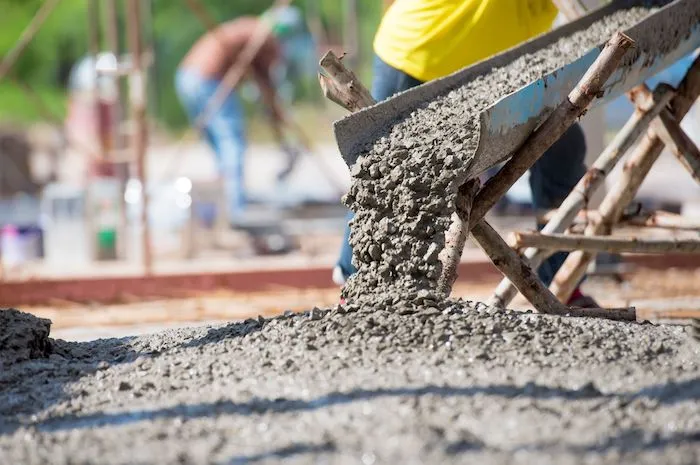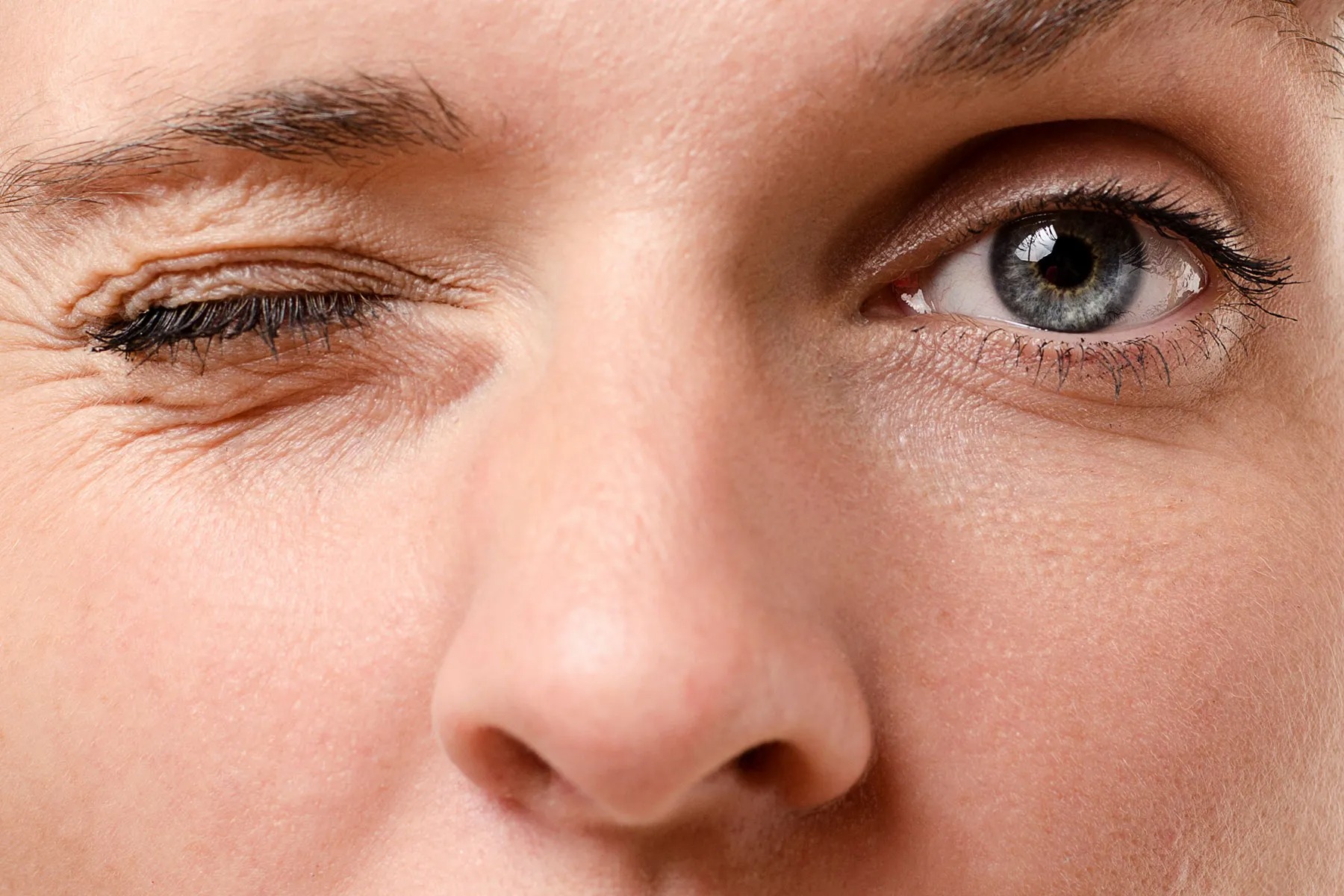Choosing weather-resistant materials is key to protecting your home, gear, and outdoor structures from harsh conditions. Durable options can save money on repairs and last for years. This guide covers the best weatherproof materials, from UV-resistant roofing to wind and rain-resistant fabrics, to help you invest in lasting protection.
Understanding Weather Resistance
Weather resistance refers to a material’s ability to maintain its structural integrity and functional properties when exposed to various environmental conditions. These conditions include UV radiation, temperature fluctuations, moisture, wind, and chemical exposure from pollutants.
The most effective weather-resistant materials share several key characteristics. They resist moisture penetration, which prevents rot, corrosion, and structural weakening. They maintain flexibility across temperature ranges, avoiding cracking in cold weather or becoming brittle in heat. Additionally, they resist UV degradation, which can cause fading, brittleness, and material breakdown over time.
Material testing standards help identify truly weather-resistant options. Look for materials that meet ASTM (American Society for Testing and Materials) standards, which evaluate everything from water resistance to thermal cycling performance.
Metal Materials for Superior Durability
Aluminum
Aluminum stands out as one of the most reliable weather-resistant metals. Its natural oxide layer provides excellent corrosion resistance, making it ideal for coastal environments where salt exposure is constant. Unlike steel, aluminum won’t rust, and it maintains its strength across wide temperature ranges.
Marine-grade aluminum alloys offer even greater durability for extreme conditions. These alloys resist pitting and crevice corrosion while maintaining lightweight properties that make installation easier and reduce structural load requirements.
Stainless Steel
High-grade stainless steel, particularly 316-grade, offers exceptional longevity in harsh environments. Used in applications like metal roof sheets, the chromium content creates a passive protective layer that self-repairs when scratched, providing continuous corrosion resistance.
Stainless steel performs particularly well in applications requiring both weather resistance and mechanical strength. However, proper grade selection is crucial—lower grades may show rust spots in challenging environments.
Copper and Copper Alloys
Copper develops a natural patina that actually improves its weather resistance over time. This green patina layer protects the underlying metal from further corrosion, which explains why copper roofing can last over 100 years with minimal maintenance.
Bronze and brass alloys offer similar benefits while providing different aesthetic options and mechanical properties.
Advanced Synthetic Materials
High-Density Polyethylene (HDPE)
HDPE excels in applications requiring chemical resistance and impact strength. This material resists cracking even at low temperatures and maintains its properties across decades of UV exposure when properly formulated with stabilizers.
Its non-porous surface prevents moisture absorption, eliminating freeze-thaw damage that affects many other materials. HDPE also resists most chemicals, making it suitable for industrial environments.
Polyvinyl Chloride (PVC) and Chlorinated PVC (CPVC)
Quality PVC formulations with UV stabilizers provide excellent weather resistance at economical prices. The material resists moisture, doesn’t corrode, and maintains dimensional stability across temperature changes.
CPVC offers enhanced temperature resistance while maintaining PVC’s weather-resistant properties, making it suitable for applications involving temperature cycling.
Polyvinylidene Fluoride (PVDF)
PVDF represents one of the most chemically resistant plastics available. It maintains its properties in extreme temperatures and resists UV degradation exceptionally well. While more expensive than standard plastics, PVDF’s longevity often justifies the initial investment.
Natural Materials with Proven Track Records
Cedar and Redwood
These naturally weather-resistant woods contain oils and tannins that repel moisture and resist insect damage. Western Red Cedar, in particular, can last decades outdoors without chemical treatment, though proper installation and maintenance extend its lifespan significantly.
The natural extractives in these woods provide antimicrobial properties that prevent rot and decay, making them excellent choices for outdoor structures and siding applications.
Natural Stone
Granite, slate, and certain limestone varieties offer centuries of weather resistance. These materials resist freeze-thaw cycles, UV exposure, and chemical weathering while requiring minimal maintenance.
Stone’s thermal mass also provides energy benefits in building applications, moderating temperature swings and reducing heating and cooling costs.
Composite and Engineered Solutions
Fiber-Reinforced Composites
Modern composites combine the best properties of multiple materials. Glass fiber-reinforced plastics offer excellent strength-to-weight ratios with superior weather resistance. These materials don’t corrode, resist UV degradation when properly formulated, and maintain their properties across wide temperature ranges.
Carbon fiber composites provide even greater strength and stiffness while maintaining excellent weather resistance, though at higher costs that may be justified in critical applications.
Modified Wood Products
Pressure-treated lumber, thermally modified wood, and acetylated wood products offer enhanced weather resistance compared to natural wood while maintaining workability and aesthetic appeal.
These treatments penetrate throughout the wood structure, providing protection that won’t wear off like surface coatings.
Protective Coatings and Sealants
Polyurethane Systems
Two-part polyurethane coatings provide excellent adhesion, flexibility, and UV resistance. They form seamless protective barriers that expand and contract with underlying materials without cracking.
Aliphatic polyurethanes resist yellowing and chalking better than aromatic versions, making them preferable for visible applications.
Silicone-Based Sealants
High-quality structural silicones maintain flexibility across extreme temperature ranges while providing excellent adhesion to diverse substrates. They resist UV degradation and don’t become brittle with age.
Neutral-cure silicones avoid the corrosive byproducts of acetoxy-cure versions, making them safer for sensitive substrates.
Factors Affecting Material Longevity
Several environmental and installation factors significantly impact material performance. UV exposure intensity varies by geographic location and application orientation. South-facing surfaces receive more intense radiation than north-facing ones.
Temperature cycling frequency and extremes stress materials differently. Coastal environments introduce salt spray challenges, while urban areas add chemical pollutants and acid rain considerations.
Proper installation proves just as important as material selection. Inadequate drainage, thermal bridge creation, and incompatible material combinations can compromise even the best materials.
Making the Right Choice for Your Application
Selecting optimal weather protection materials requires balancing performance requirements, budget constraints, and aesthetic preferences. High-performance materials often justify higher initial costs through reduced maintenance and replacement expenses.
Consider the specific environmental challenges your application will face. Coastal installations need superior corrosion resistance. High-altitude applications require enhanced UV protection. Industrial environments may need chemical resistance beyond standard weather protection.
Professional consultation can help identify site-specific factors that influence material selection and ensure compatibility between different system components.
Conclusion
Investing in durable, weather-resistant materials ensures long-term value through reduced maintenance, extended lifespan, and reliable performance. For lasting protection, research certifications, warranties, and real-world data to make informed choices that withstand the test of time.
Stay in touch to get more updates & alerts on Baddieshub! Thank you




